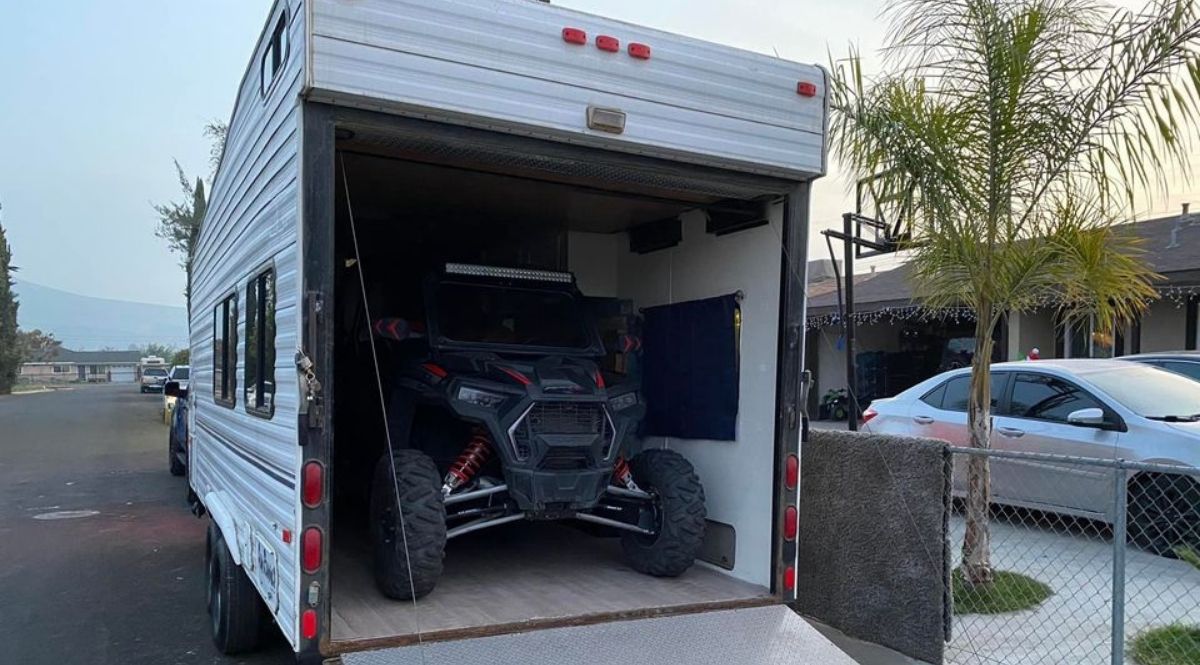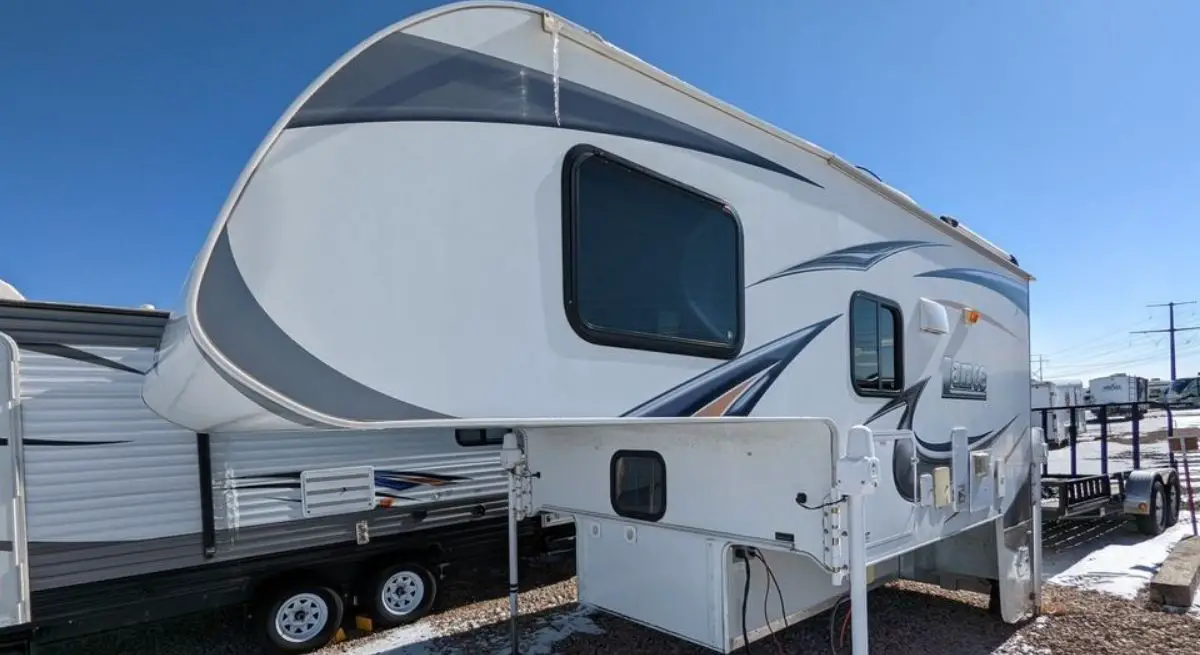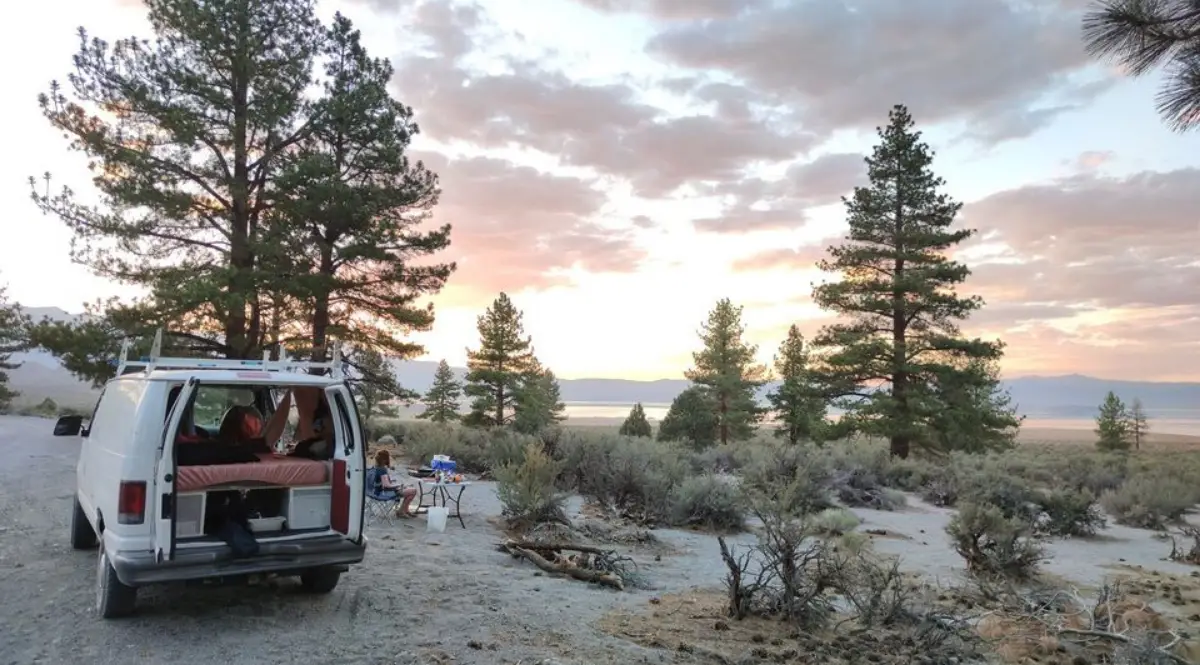One of the most prominent and enduring segments in the RV industry caters to those RVers who want to bring additional “toys” with them like motorcycles, cars, UTVs, ATVs or golf carts. The toy hauler is a type of RV which provides a garage space for storing and carrying these extra vehicles and small motor vehicles or watercraft while you travel.
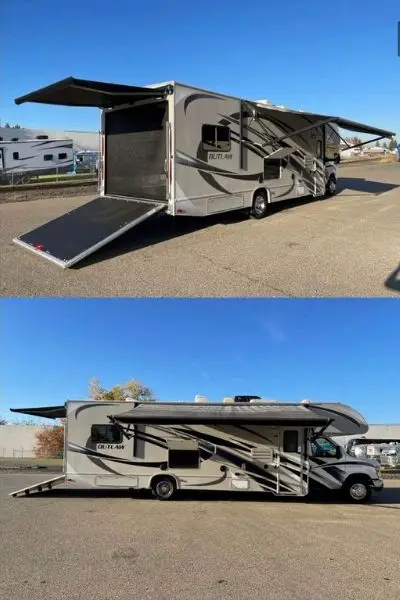
In addition to the garage space, toy haulers may also have support features like fuel tanks and fuel pumps to keep your toys running in remote locations. Most toy haulers also allow the garage space to be used as additional bedroom space. This feature makes toy haulers exceptionally popular options for RVer’s with large families or who live in them full time.
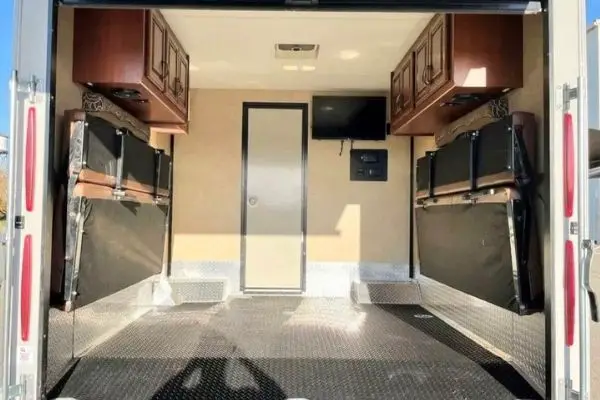
The extreme popularity of toy haulers gives them one other unique property. They are available within most classes of RV’s. While the majority of toy haulers sold today are 5th wheel trailers, there are travel trailer and even Class A or Class C Motorhome toy haulers available. Let’s take a closer look this amazing type of RV to see if it would work for you.
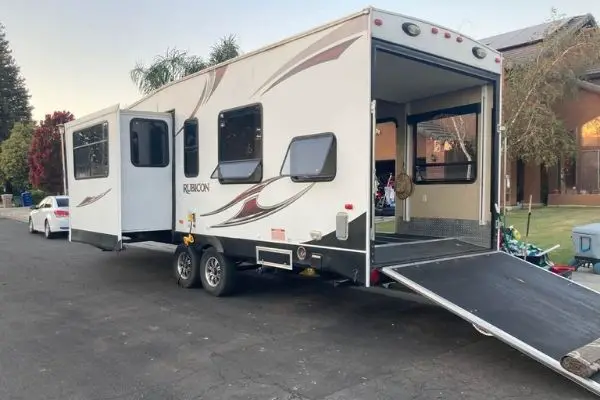
How Much Are Toy Haulers?
Toy haulers start at just over $10,000 for a very basic, lightweight travel trailer setup. Prices can easily climb to well over $100,000 for a loaded three axle 5th wheel. Toy hauler motorhomes are even pricier with Class A models starting at around $250,000.
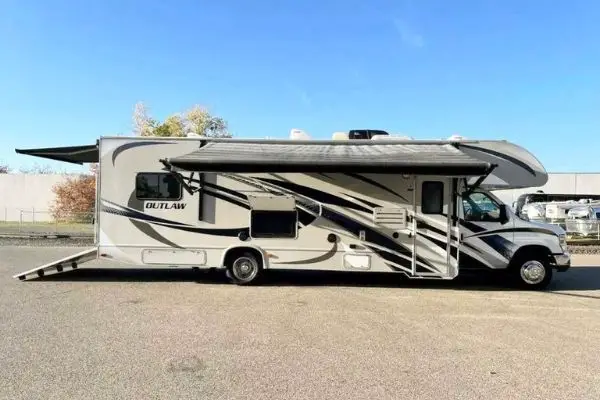
Class C toy haulers start at around $130,000 and go up from there. These are new prices based on MSRP and while you may not find too many bargains out there in the current hot RV market you may be able to find a good used example for much less these prices.
How Much Do Toy Haulers Depreciate?
Like all RV’s, depreciation of a toy hauler is an issue worth considering when making your purchasing decisions. Traditionally, RV’s depreciate about 20% in the first year. For each year after that expect to lose another 3 – 5% until you hit a 10 year loss of around 50%.
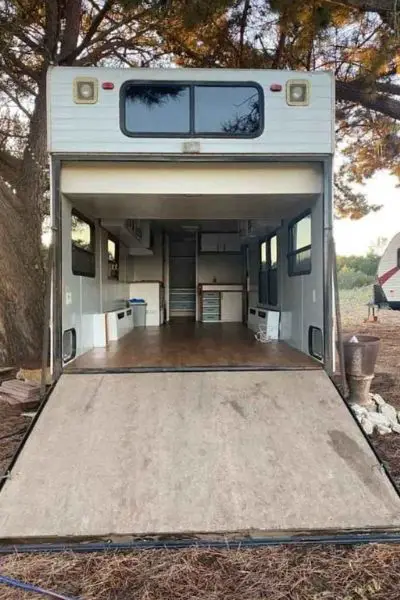
After 10 years, the value of the RV will be more related to maintenance, condition, use, etc. than to outright depreciation. This illustrates the benefits of purchasing a 1 – 2 year old used unit. These are typically in excellent condition and they can save the buyer from that initial first year 20% loss.
One thing to note, economic and global events can significantly affect the value of an RV. As a high dollar luxury item, pricing can fluctuate substantially based on what Is going on in the world. During the 2008 economic crisis RV prices crashed. During that time you could buy new $250,000 motorhomes for well under $100,000.
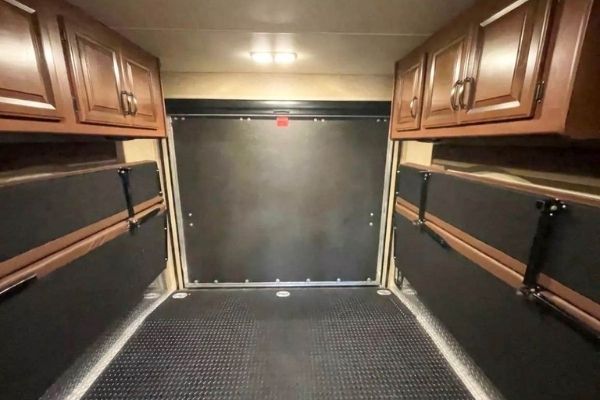
The coronavirus pandemic has had the opposite effect, significantly driving up prices of both new and used RVs. These are transient events and should not be used to gauge what your RV will be worth going forward.
How Long Are Toy Haulers?
Toy haulers are available in just about any length. Tiny models like the SylvanSport Go start at just under 12 feet. At the other end of the spectrum, Luxe builds a massive 5th wheel toy hauler that stretches out over 48 feet. As a specialized form of common RV classes, the size of toy haulers in any given class will usually be within the range of its non-toy hauler siblings. For example, expect most toy hauler travel trailers to be in the 18 – 37 feet range. Most toy hauler 5th wheels will fall in the 32 – 45 feet range.
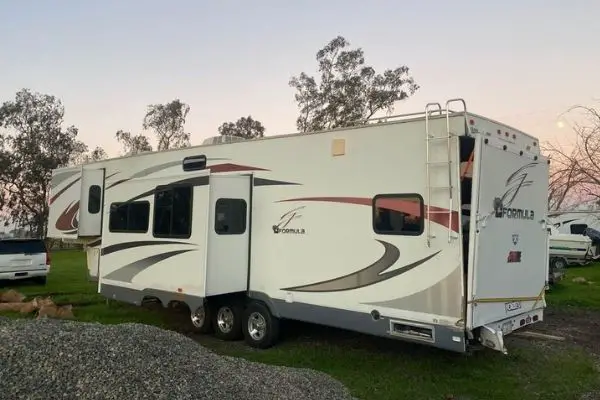
How Tall Are Toy Haulers?
Exterior height of a toy hauler is usually the same as a similar model non-toy hauler made by the same company. So travel trailers, toy hauler or not average around 11 feet tall. That number can vary somewhat depending on the specific manufacturer and the height of any accessories mounted on the roof like AC units and antennas. 5th wheels are generally around 1 foot taller, averaging in at around 12 feet. Class C’s on average are the shortest at around 10’ 6” while Class A’s top things out at around 13 feet.
How Heavy Are Toy Haulers?
Toy haulers tend to weigh about the same as their non-toy hauler counterparts in any given class. So travel trailers tend to weigh in from as little as 1,000 lbs for an 11 foot unit all the way up to 10,000 lbs or more for a full length 36 foot unit. Most travel trailers will fall in the range of 3,000 lbs – 9,000 lbs.
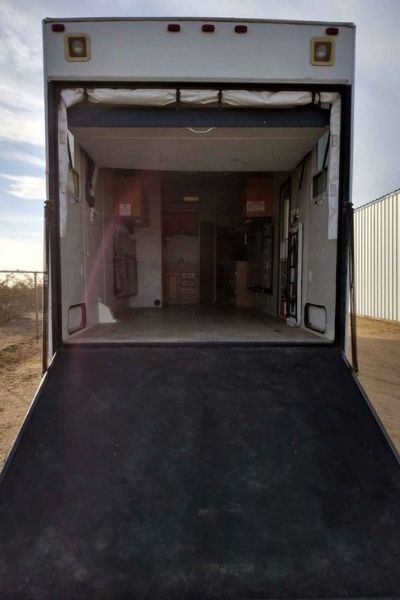
5th wheel toy haulers can get much heavier. These guys start at around 10,000 lbs unloaded and can easily climb well over 15,000 lbs by the time you hit the road. Weight and length are not necessarily linked, the weight is greatly affected by the interior layout and materials used in the construction. A shorter trailer with high end materials like solid wood cabinetry, solid countertops and four season construction can easily outweigh a longer trailer without those options.
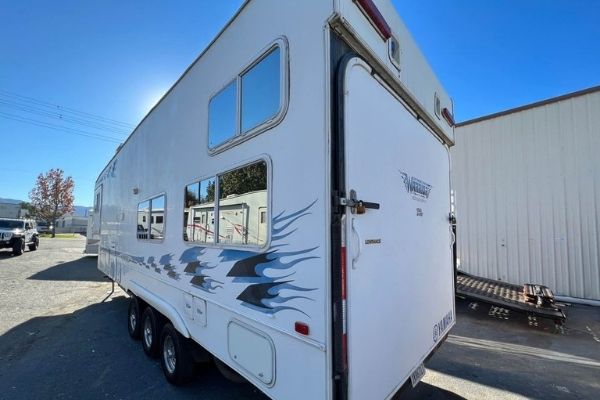
How Much Weight Can A Toy Hauler Carry? (Cargo Weight)
This depends entirely on the unit. A small travel trailer toy hauler may be limited to around 1,000 lbs, or enough to carry a motorcycle or two. A typical travel trailer will be in the 2,500 – 5,000 lb range while 5th wheels generally start at about 4,000 lbs and go up from there. How much a trailer can carry is usually limited by the axles and will be reflected in the GVWR (Gross Vehicle Weight) rating on the ID tag on the side of the unit.
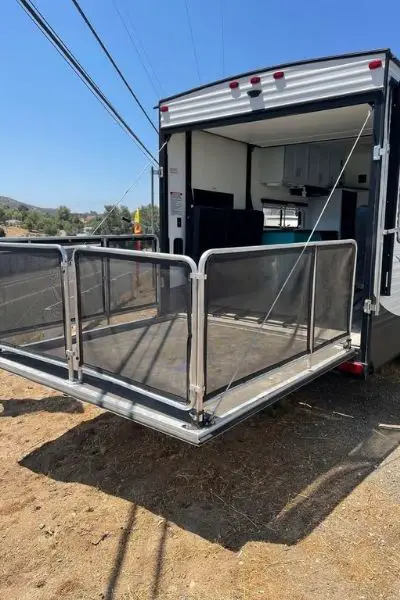
The GVRW – the unloaded vehicle weight will tell you the overall load capacity. Keep in mind that capacity is for the whole trailer, not just what you put in the garage. So, if you fill the tanks with water, add batteries, solar panels, stock the kitchen, etc. you subtract all of that from the total cargo capacity. When looking at potential toy haulers there are some clues as to their weight capacity.
More axles usually means more capacity so a 3-axle trailer will usually be able to carry more weight than a single axle. Also, 5th wheels can usually carry more then travel trailers. Because the garage space is usually behind the axles, travel trailers are better suited for lighter toys. Extra weight behind the axles makes travel trailers less stable and more prone to sway while towing. 5th wheels and motor homes are much less susceptible to this issue.
How Large Are The Garages In A Toy Hauler (Length, Wide & Height)
Toy hauler garages typically range in size from 6 feet to 14 feet long and they usually are the full width of the RV. There are some specialized units which can have longer garage spaces but those are generally limited to horse trailers, race car trailers or other special purpose units. Width and height can vary by model and manufacturer but 8’ wide and 7’ tall is what you can typically expect.
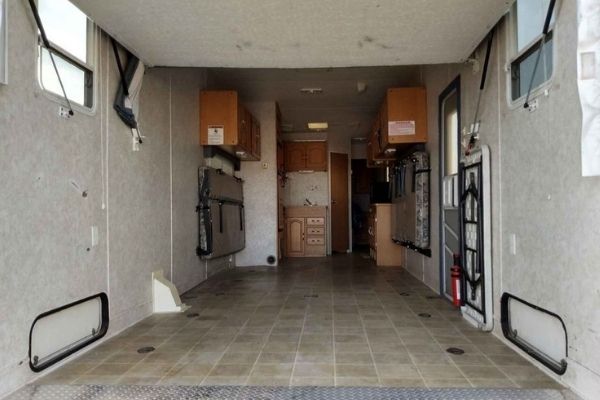
How Large Is The Living Space In A Toy Hauler?
That depends entirely on the model. Living space can range from a single person tent on some overland models to 30 feet of prime luxury space in a high end 5th wheel toy hauler. As a general rule, for most hard side toy haulers expect the main living space to be 8 – 12’ less than a non-toy hauler RV of the same length and style. The garage space in a lot of toy haulers can also be used as living space, in which case the space is the same as a standard RV of the same type.
Do Toy Haulers Have A Wall That Separates Garage From Living?
Some do and some don’t. The garage space is usually separated from the rest of the RV by a wall with a standard interior door to provide access. However, the garage space can also be used as living space in most cases. There are toy haulers that come with a garage space that is solely intended to be used as a garage.
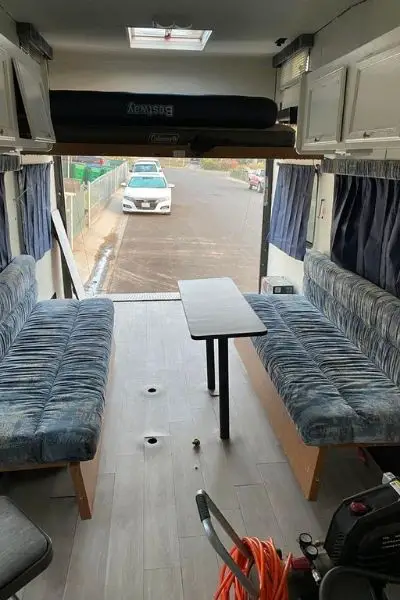
However, most toy haulers will have the garage space setup for dual use. Of those, some will be designed as a garage you can sleep in and others will be a sleeping area that can double as a garage. The differences may be subtle but they will allow you to choose a toy hauler that will fit how you plan to use it best.
How Long Do Toy Haulers Last?
Like other RVs and most vehicles in general, toy haulers will last as long as you properly maintain them. Maintenance is key to longevity with particular attention to be paid preventing and addressing water intrusion issues.
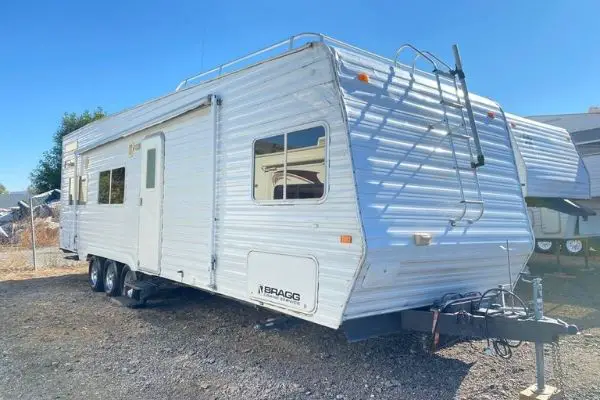
Are Toy Haulers More Durable Than Other RVs?
A toy hauler is just a standard RV with a garage and other amenities for hauling and using toys. So, a toy hauler made by company X is essentially a standard RV from the same company with a garage and a ramp. There are companies that specialize in making more durable RVs and many of them offer toy hauler models.
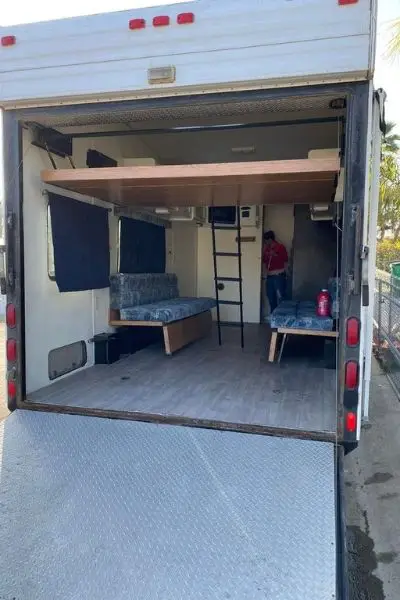
For the most rugged units, look for an overland toy hauler like the Patriot Camper TH610, TH730 or TT730. While unconventional in appearance, these trailers offer a robust platform for offroad adventure that you won’t find in a standard toy hauler.
Is It Difficult To Keep A Toy Hauler Warm/Colder?
Climate control in a toy hauler is no more difficult than in other RVs. With that said, most RV’s are not designed for optimal climate efficiency. The thin wall construction limits the insulating values that can be obtained in these units so keeping them cool or warm is more difficult than a traditional bricks and mortar home.
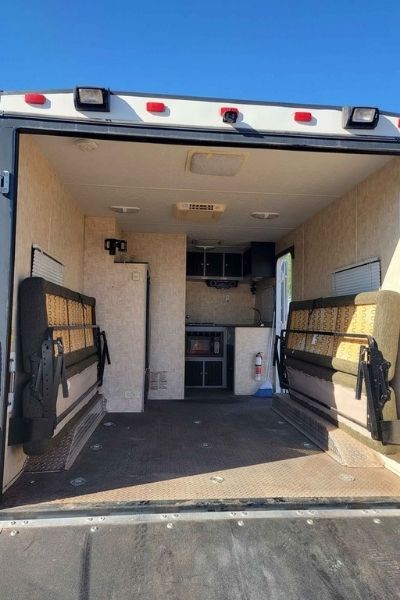
If you plan to use your toy hauler in extreme environments (southern summer heat or northern winter cold) then look for a model that offers an extreme weather package, or what is known as a “4 season” toy hauler. Many manufactures offer this as an optional upgrade to their most popular models. Some high end builders like Luxe build their units specifically from the ground up to be more efficient in extreme climates.

